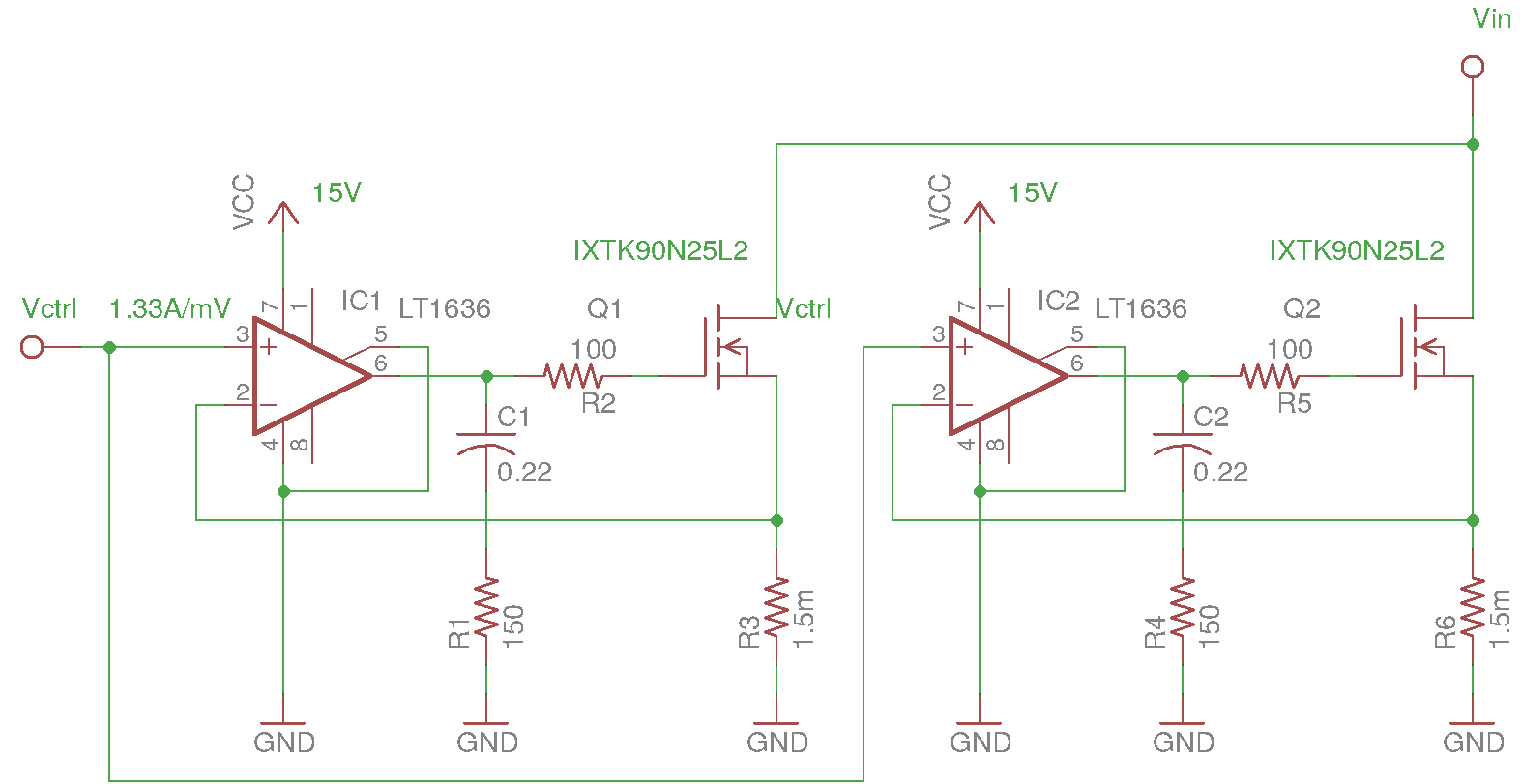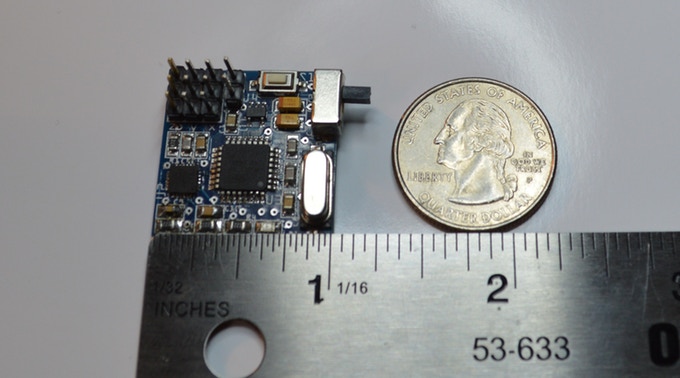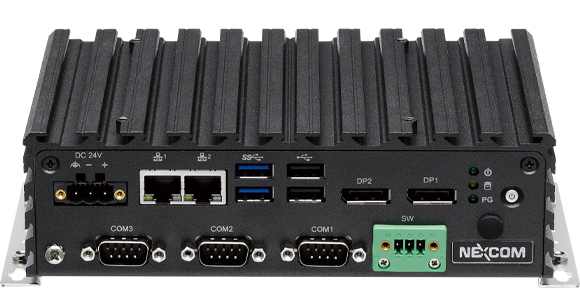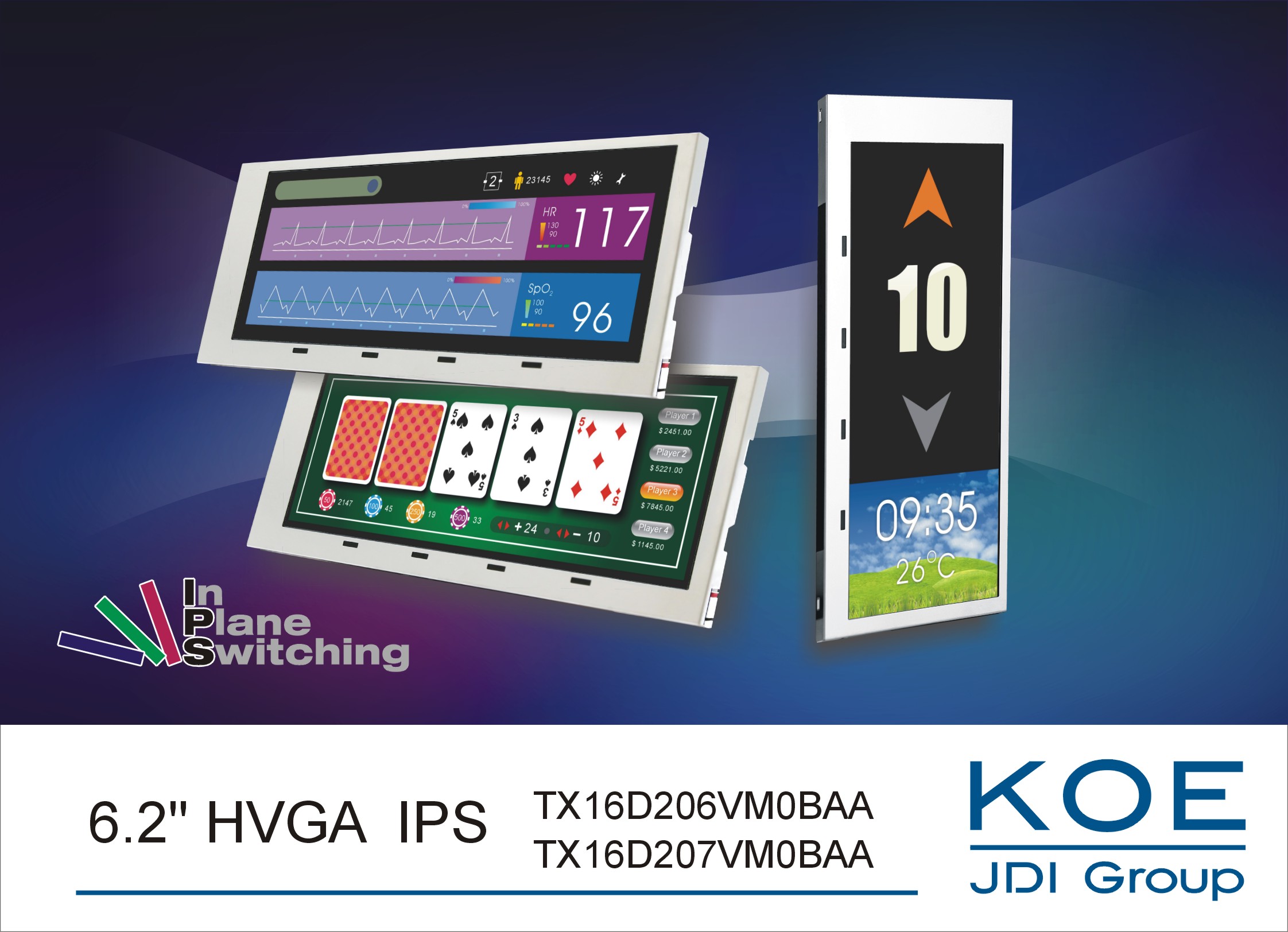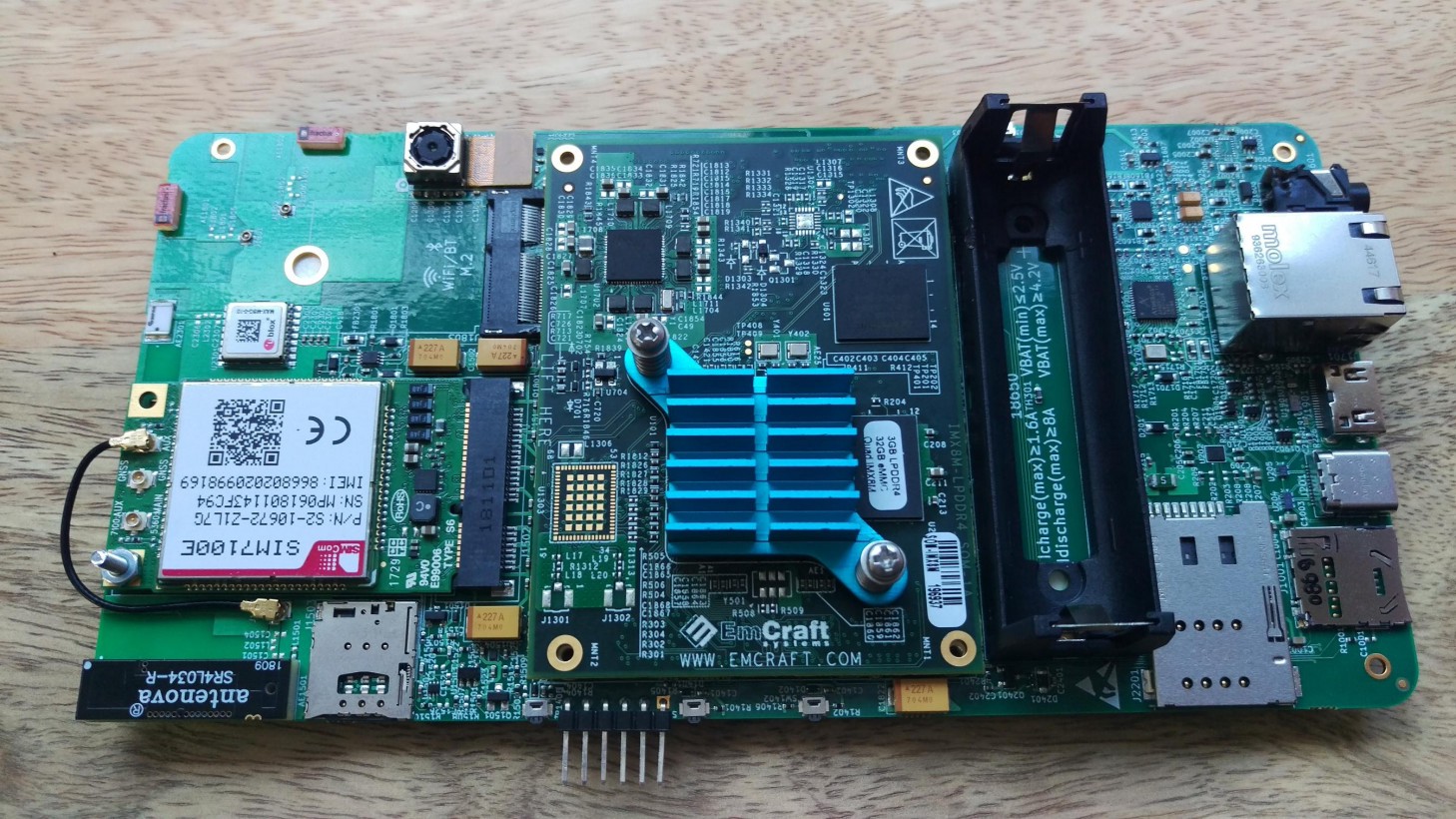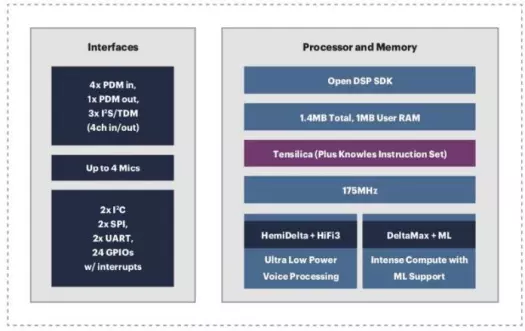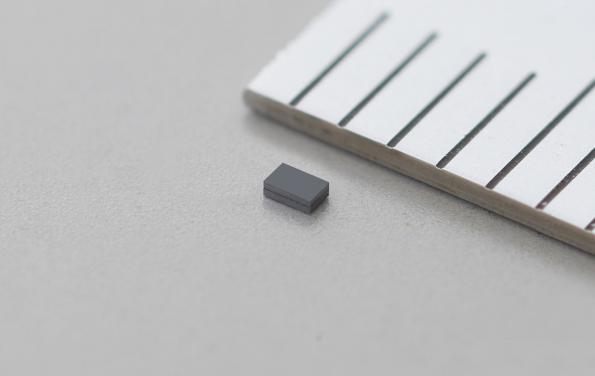
Measuring just 0.9×0.6×0.3mm (50 % smaller than a conventional 32.768 kHz crystal resonator), the WMRAG series 32.768 kHz MEMS resonator is the world’s smallest, claims manufacturer Murata.
Murata Manufacturing Co., Ltd. (Head Office: Nagaokakyo-shi, Kyoto; Chairman of the Board and President: Tsuneo Murata) has developed the world’s smallest 32.768kHz MEMS resonator, which is expected to make a significant contribution to reducing the size and power consumption of IoT devices, wearables, and healthcare devices.
While achieving miniaturization through MEMS technology, the new MEMS resonator exhibits frequency temperature characteristics of less than 160ppm (Operating temperature: -30 to 85°C ) with an initial frequency accuracy (25°C ) that is comparable to or better than that of a quartz tuning fork crystal resonator.
Key features
Over 50% smaller than conventional tuning fork quartz crystal resonators
With dimensions measuring 0.9 x 0.6 x 0.3mm (width, length, height), the new MEMS resonator is more than 50% smaller*6 than a conventional 32.768kHz tuning fork crystal resonator.
Built-in load capacitors
A typical pierce-type oscillator circuit design uses two external multilayer ceramic load capacitors. The new MEMS resonator is equipped with built in load capacitors, which makes possible a reduction in external parasitic capacitance, mounting space, and further contributes to more flexible circuit design.
Reduced power consumption by realizing a low ESR
With crystal resonators in general, the ESR tends to rise as the device becomes smaller in size. However, with a low ESR (75kΩ) the MEMS resonator can generate a stable reference clock signal by reducing the IC gain while also cutting power consumption by 13% compared to a conventional quartz crystal. (Based on internal tests)
Can be built into an IC package
With silicon-based wafer-level chip scale packaging (WLCSP), the resonator can be co-packaged with an IC, eliminating the need for any external low-frequency clock references.
Murata – www.murata.com





